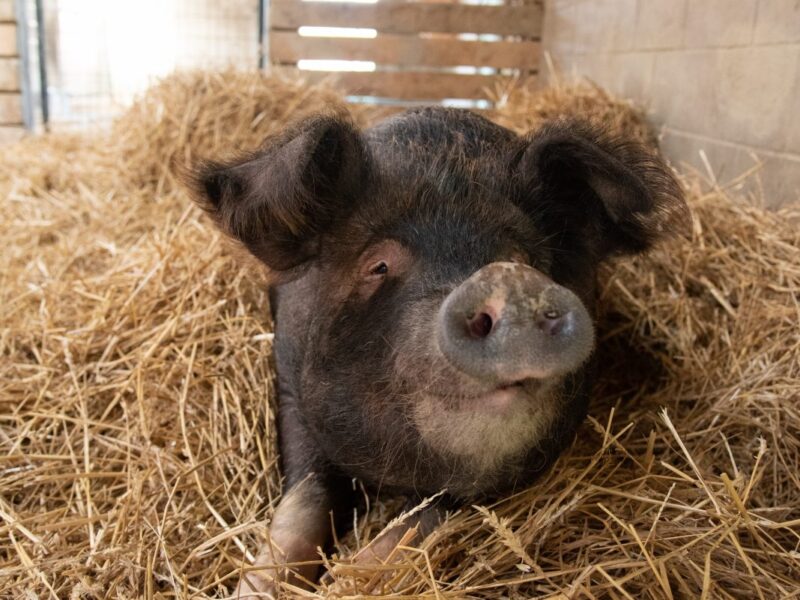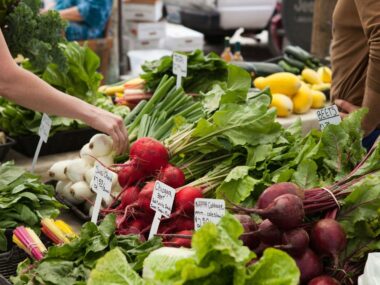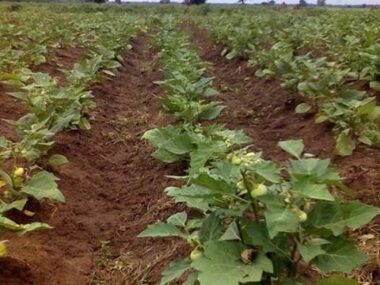Housing solutions for farm animals have evolved significantly over the past decades, driven by a growing understanding of animal welfare, productivity needs, and environmental sustainability. Modern housing designs aim to create environments that maximize comfort, health, and efficiency, contributing to better overall performance and reduced environmental impact. This article explores various innovative housing solutions that can enhance the well-being and productivity of farm animals.

Importance of Housing in Livestock Management
Housing plays a critical role in livestock management by providing shelter, security, and an environment conducive to health and productivity. Well-designed housing can:
Improve Animal Health: By protecting animals from extreme weather, predators, and diseases.
Enhance Productivity: Comfortable and stress-free environments can lead to better growth rates, higher milk production, and improved reproductive performance.
Promote Welfare: Adequate space, proper ventilation, and appropriate flooring contribute to the overall well-being of the animals.
Facilitate Management: Efficient housing designs streamline feeding, cleaning, and monitoring processes, saving time and labor.
Key Features of Innovative Housing Solutions
Innovative housing solutions incorporate several key features to address the needs of modern livestock farming:
Climate Control: Advanced systems to regulate temperature, humidity, and ventilation, ensuring optimal living conditions year-round.
Space Optimization: Designs that provide adequate space for movement, social interaction, and natural behaviors.
Waste Management: Effective systems for managing waste to maintain cleanliness and reduce environmental impact.
Automation: Integration of technology for automated feeding, watering, and monitoring.
Sustainability: Use of eco-friendly materials and renewable energy sources to minimize the environmental footprint.
Examples of Innovative Housing Solutions
Free-Stall Barns for Dairy Cows
Design Features: Free-stall barns provide individual resting spaces for cows while allowing them to move freely. These barns often feature soft bedding materials like sand or rubber mats to enhance comfort.
Climate Control: Automated ventilation systems maintain optimal temperatures, while fans and misters can be used to cool cows in hot weather.
Health Benefits: Reduced stress and better hygiene lead to lower incidences of mastitis and lameness, improving overall productivity.
Enriched Cages for Poultry
Design Features: Enriched cages provide more space than traditional battery cages and include perches, nesting boxes, and scratching areas to allow natural behaviors.
Welfare Improvements: These enhancements reduce stress and improve the health and productivity of laying hens.
Efficiency: Enriched cages facilitate better egg production monitoring and collection, enhancing overall efficiency.
Deep-Bedded Hoop Barns for Pigs
Design Features: Hoop barns are spacious, arched structures covered with a tarp, providing a flexible and cost-effective housing solution. Deep bedding, such as straw, is used for comfort and insulation.
Environmental Control: Natural ventilation through side openings and the hoop shape helps regulate temperature and air quality.
Health and Productivity: Pigs benefit from the ability to root and nest in the bedding, leading to lower stress levels and improved growth rates.
Pasture-Based Systems for Sheep and Goats
Design Features: Movable shelters and rotational grazing systems allow animals to graze on fresh pasture, promoting natural foraging behaviors.
Sustainability: These systems reduce the need for supplemental feed and minimize soil degradation through managed grazing.
Health Benefits: Fresh air and exercise contribute to better respiratory health and reduced disease transmission.
Robotic Milking Parlors for Dairy Cows
Technology Integration: Robotic milking systems automatically milk cows, reducing labor and ensuring consistent milking routines.
Animal Welfare: Cows can choose when to be milked, reducing stress and improving milk yield.
Data Collection: These systems gather data on milk production, cow health, and activity levels, aiding in herd management and early disease detection.
Sustainable and Eco-Friendly Housing Solutions
Sustainability is a critical consideration in modern livestock housing designs. Sustainable practices not only benefit the environment but also improve farm profitability and animal welfare.
Solar-Powered Barns
Energy Efficiency: Solar panels installed on barn roofs generate renewable energy, reducing reliance on fossil fuels and lowering energy costs.
Climate Control: Solar energy can power ventilation and cooling systems, maintaining a comfortable environment for the animals.
Green Roofing Systems
Insulation: Green roofs, covered with vegetation, provide excellent insulation, keeping barns cooler in summer and warmer in winter.
Environmental Benefits: These roofs reduce rainwater runoff, improve air quality, and provide habitats for local wildlife.
Rainwater Harvesting Systems
Water Conservation: Collecting and storing rainwater for use in cleaning, cooling, and drinking water reduces the farm’s freshwater consumption.
Cost Savings: Decreased reliance on municipal water supplies can lead to significant cost savings.
Innovations in Flooring and Bedding
The choice of flooring and bedding significantly impacts animal comfort and health.
Rubber Mats and Flooring
Comfort: Rubber mats provide a cushioned surface, reducing joint stress and injuries.
Hygiene: Easier to clean than traditional concrete floors, maintaining better hygiene and reducing disease risk.
Compost Bedding Packs
Absorption: Compost bedding absorbs moisture and reduces odors, providing a cleaner environment.
Nutrient Cycling: Used bedding can be composted and applied to fields as a nutrient-rich fertilizer, promoting a sustainable nutrient cycle.
Future Trends in Livestock Housing
The future of livestock housing is likely to see further integration of technology and sustainability.
Smart Barns
IoT Integration: Sensors and IoT devices monitor environmental conditions, animal health, and resource usage in real-time.
Data-Driven Management: Data collected can be analyzed to optimize feeding, health care, and environmental control, enhancing overall efficiency.
Automated Waste Management Systems
Efficiency: Automated systems for manure collection, processing, and disposal reduce labor and improve hygiene.
Environmental Impact: Advanced systems can convert waste into biogas or compost, reducing environmental impact and generating additional income streams.
Biosecurity Measures
Disease Prevention: Enhanced biosecurity protocols and designs, such as dedicated quarantine areas and controlled access points, reduce the risk of disease transmission.
Continuous health monitoring systems detect early signs of illness, allowing for prompt intervention and reducing the spread of diseases.
Conclusion
Innovative housing solutions for farm animals are transforming the agricultural landscape by enhancing animal welfare, improving productivity, and promoting sustainability. From climate-controlled barns and enriched cages to robotic milking parlors and sustainable practices, these advancements are setting new standards for livestock management. By investing in modern housing solutions, farmers can ensure the well-being of their animals, achieve higher efficiency, and contribute to a more sustainable and profitable farming industry. The ongoing development and adoption of these innovations will continue to shape the future of livestock farming, creating better environments for both animals and farmers.










